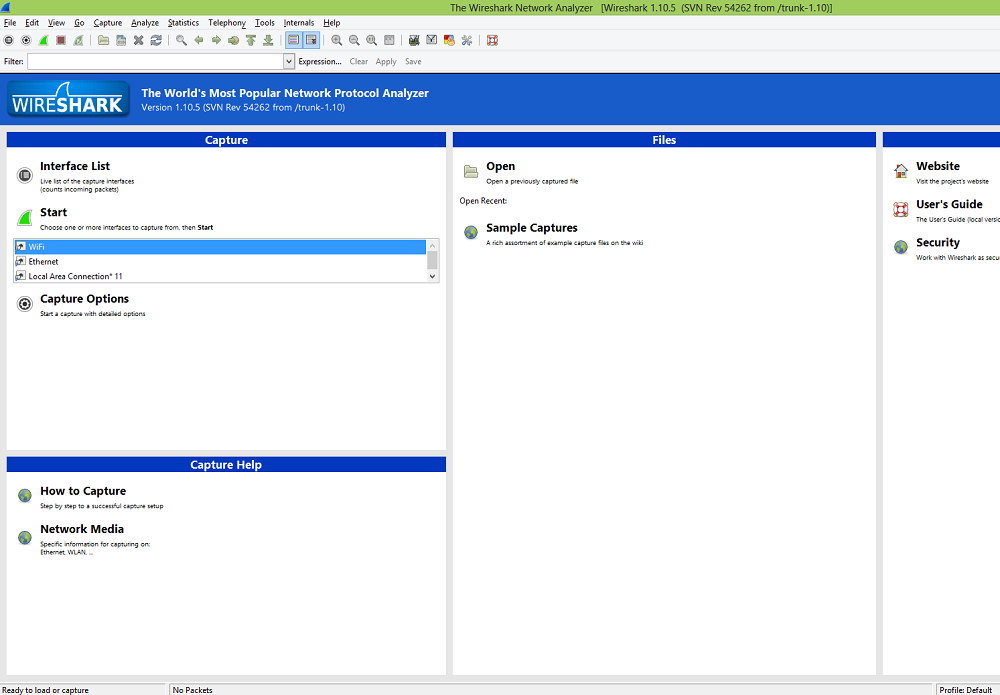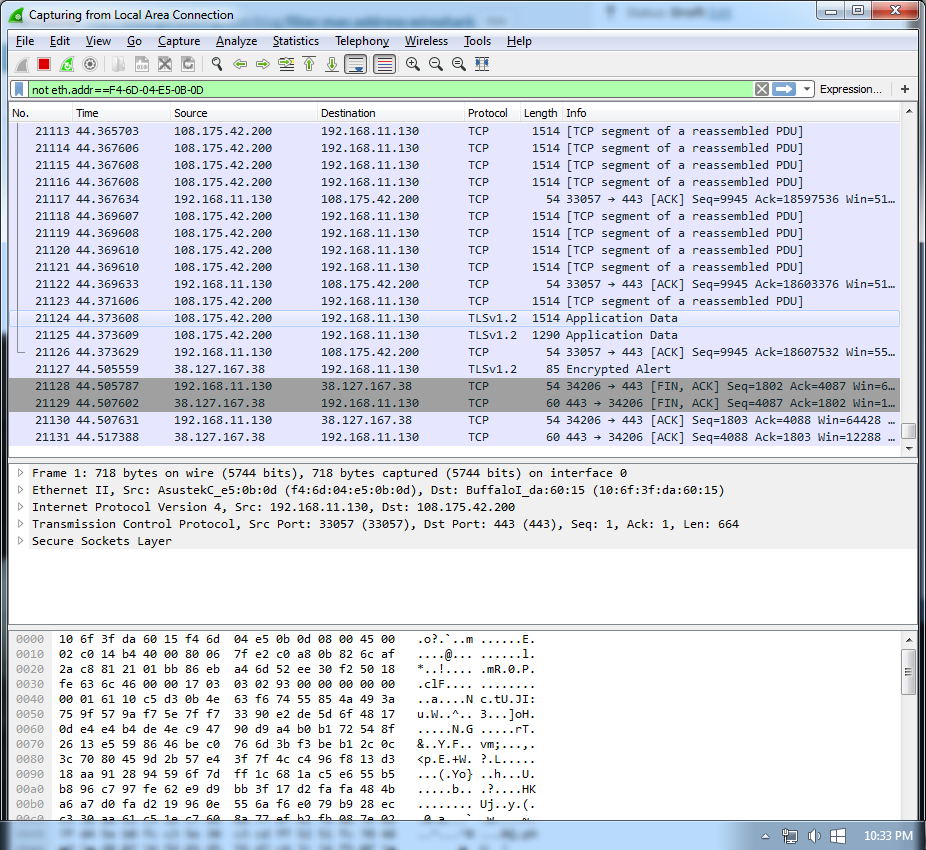

There are also Unix domain sockets, which can only be used to communicate between processes on the same host. More specifically, you’ll focus on the socket API for Internet sockets, sometimes called Berkeley or BSD sockets.

This is the type of application that you’ll be creating in this tutorial. The most common type of socket applications are client-server applications, where one side acts as the server and waits for connections from clients. Today, although the underlying protocols used by the socket API have evolved over the years, and new ones have developed, the low-level API has remained the same. Client-server applications of all types and sizes came into widespread use. Web servers and browsers weren’t the only applications taking advantage of newly connected networks and using sockets. When the Internet took off in the 1990s with the World Wide Web, so did network programming. Their use originated with ARPANET in 1971 and later became an API in the Berkeley Software Distribution (BSD) operating system released in 1983 called Berkeley sockets. Bookmark this article and come back when you’re ready for the next section. This tutorial is for you! As with anything Python-related, you can learn a little bit at a time. If you’re new to sockets or networking, it’s completely normal if you feel overwhelmed with all of the terms and pieces.ĭon’t be discouraged though. Literal volumes have been written about them. Networking and sockets are large subjects. Get Source Code: Click here to get the source code you’ll use for the examples in this tutorial. To get the most out of this tutorial, it’s best to download the source code and have it on hand for reference while reading: The examples in this tutorial require Python 3.6 or above, and have been tested using Python 3.10. You’ll know how to use a custom class to send messages and data between endpoints, which you can build upon and utilize for your own applications.

An improved version that handles multiple connections simultaneously.The obvious example is the Internet, which you connect to via your ISP. The network can be a logical, local network to the computer, or one that’s physically connected to an external network, with its own connections to other networks. They provide a form of inter-process communication (IPC).

Sockets and the socket API are used to send messages across a network.


 0 kommentar(er)
0 kommentar(er)
